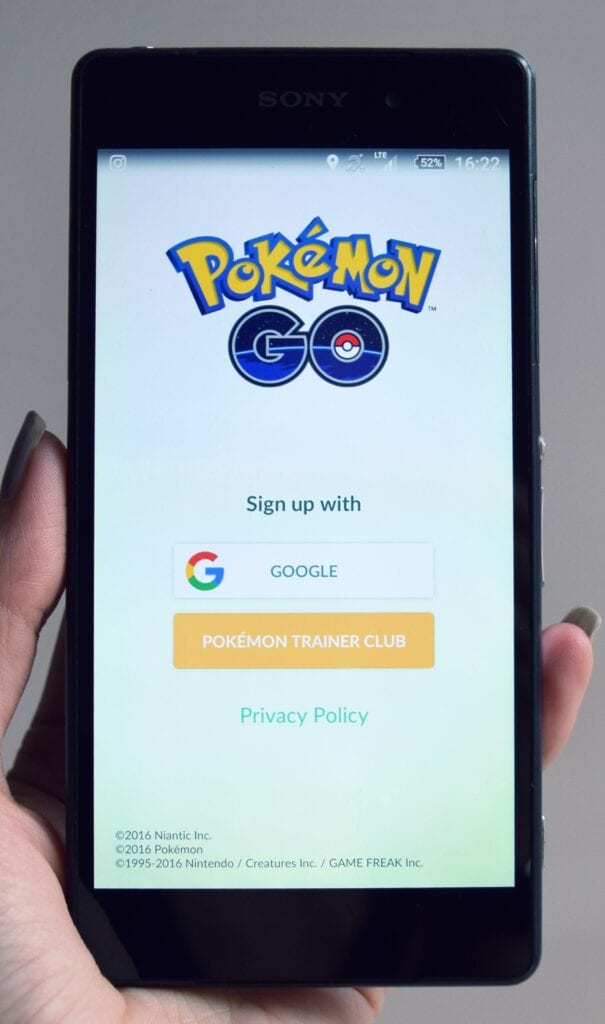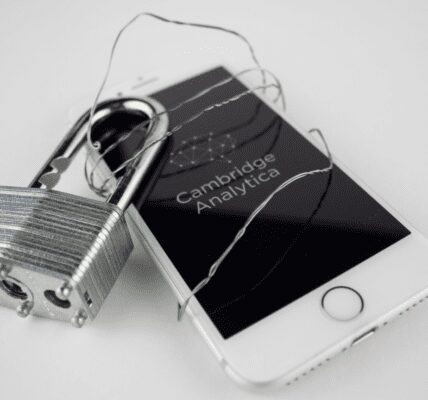If Augmented Reality (AR) is not part of your digital marketing strategy then you’re doing it wrong! Read on to learn how it can help your business marketing.
What’s the Deal with AR?
While you may not realize it, Augmented reality (AR) already plays a part in many of our daily lives. You know that selfie you sent of yourself as a dog with an obnoxiously long tongue? That’s AR.

Augmented reality involves the laying over of virtual elements to your real-world physical surroundings in real-time. This allows you to see and experience things that aren’t really there in front of you.
Most modern applications of AR are typically achieved through the use of a camera-enabled device. This means that the potential market you could reach through AR marketing is huge.
When you hear the term “AR” or “augmented reality”, your first instinct may be to think of the app Pokémon GO, where users move around the real world in an effort to catch ‘em all. Pokémon GO has been a smash hit, with over 1 billion downloads since launching in 2016.
AR is massive in its own right and is only going to become an ever-increasingly important part of digital marketing. AR is predicted to grow in value from $13 billion in 2021 to over $67 billion by 2024. By 2022, the number of AR smartphone users will grow beyond 3.5 billion people, 44% of the world population. Still not convinced? Let’s see what Tim Cook, CEO of Apple, has to say about AR:
“I’m excited about AR. My view it’s the next big thing and it will pervade our entire lives”.
Tim Cook, CEO of Apple
AR vs VR – What’s the Difference?
Even though they sound similar, augmented reality and virtual reality (VR) are pretty different from one another. While AR adds elements to your existing environment, VR involves placing the user within a totally artificial, computer-generated environment.
VR arguably offers greater immersion but it is typically more inaccessible for consumers, often requiring the use of expensive VR headsets. VR also renders users unaware of their physical surroundings, which could lead to harm to themselves or others.
With all of that in mind, here are some ways that you can integrate AR into your digital marketing strategy.
3 Ways AR can Improve your Digital Marketing Strategy
1. Launch Products and Generate Hype
The days of high-profile product launches have been put on hold due to the COVID-19 pandemic, with hundreds of people being crammed into a conference hall now a distant memory. Product launches represent an important moment for companies, helping to generate hype and market upcoming products.
Through AR, product launches can remain engaging for people sitting at home, helping to bring the event into people’s homes. Chinese phone manufacturer OnePlus held the world’s first live-streamed AR product launch in July 2020. Users could interact with one another through a specially designed app for the occasion, heightening audience engagement.
AR allows product launches to be more interactive and engaging for people than attending an in-person event. AR events are also more accessible, as those unable to physically attend can still join in. Whilst what a post-pandemic world looks like remains to be seen, companies should continue to pursue AR product launches in order to help generate more hype for their upcoming products and boost their marketing campaigns.
2. Allow Customers to “Try Before you Buy”

Your customers want to know what they’re in for before buying your products. Through the use of AR, customers can see what they’ll get for their money without setting foot in your store.
We’ve all bought a pair of shoes that we thought looked great online, but then ended up questioning our fashion and fiscal thinking once they turned up at the door. Well fear no more: Adidas’ iOS App allows users to see what their Alphaedge shoes will look like on their feet before even ordering.
Or maybe you’re reading this with a dozen IKEA tabs open, trying to decide which IKEA desk will fit in best with your IKEA chair and your IKEA bed. The IKEA Place app lets iOS users place select catalogue items within their homes using their cameras, allowing them to evaluate their potential purchases from the comfort of their couch.
By using AR, your customers can experience your products without even leaving the house. This creates a new touchpoint that can help your business to increase consumer engagement and sales!
3. Grow Through User-Generated Content
AR filters are a fun and great way for you to get consumers to engage with your brand and help spread brand awareness, with people effectively providing free marketing for you! By creating an Instagram filter that people can use and share with their followers, brands can effectively leverage their users to increase their profile for free. Kylie Jenner’s Kylie Cosmetics lipstick filter, launched in 2018, allowed users to see what they would look like with the brand’s lipsticks on.
AR filters can help to keep your existing customers engaged with your brand, while also allowing them to help spread awareness of your brand and gain new followers and fans.
AR and Digital Marketing Going Forward
As 2020 has shown, too much time in one place can become pretty boring and unengaging for us all. That is why it is now more important than ever to augment the lives of your customers as best you can. No one knows what exactly the future holds but what is clear is that people crave fun and engagement. Augmented reality has a clear role to play in keeping consumers interested in and engaged with your brand.

Just be sure to remind your customers to keep in touch with reality, or else they might up in places where they shouldn’t be, like stuck up a tree. Yes, a New Jersey woman really did need to call the emergency services to help her get out of a tree after getting stuck up one playing Pokémon GO.





Recent Comments